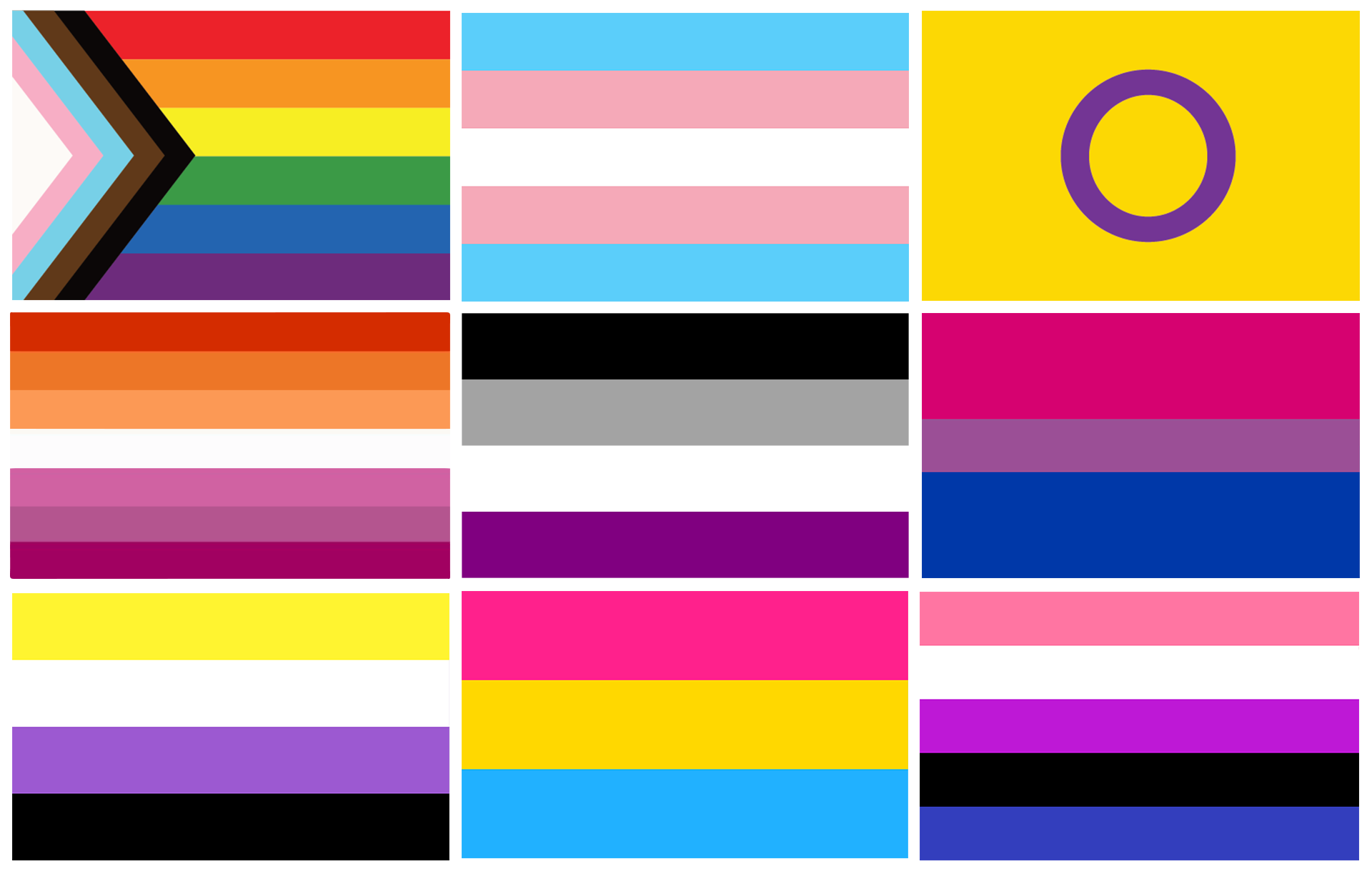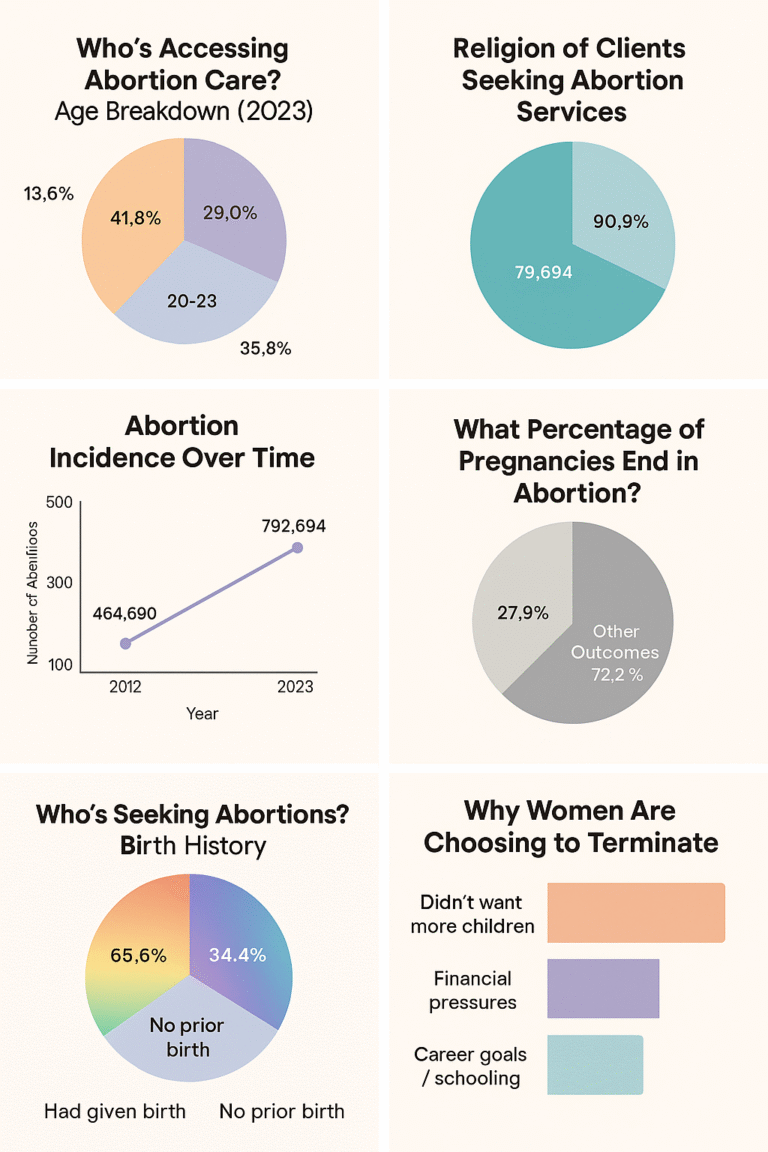LGBTIQ+ Pride Flags and What they Stand for
Tons of people use the rainbow flag to represent the LGBTQ+ community, but it’s not the only flag that people in the community connect with. Different groups, genders, and identities have come up with their own flags over the years to bring awareness to their unique needs and experiences. These are some of the LGBTIQ+ pride flags;

This is a rebooted pride flag by Daniel Quasar. Representation matters — especially for the most marginalized communities. The reboot is meant to be inclusive of queer people of color and trans people. Learn more about the redesigned flag. The white, pink, and light blue striped chevron designs on the Progress Pride Flag reflect the colors of the Transgender Flag, while the brown and black stripes represent people of color and those lost to AIDS.

Gay Pride Flag — Gilbert Baker created the gay pride flag in 1978, and it originally had eight stripes. The colors in order were hot pink to represent sex, red for healing, yellow for sun, green for serenity with nature, turquoise for art, indigo for harmony, and violet for spirit. In the years since the flag has been reduced to six colors: the flag no longer uses hot pink, and the turquoise and indigo have been replaced with royal blue.

Although there are multiple versions of a Lesbian Pride Flag, this one—which has been around since 2018—appears to be the one that’s most widely embraced. The seven different shades of pink, orange, white, and red were used to represent different types of femininity.

Florida-based LGBTQ activist Michael Page created the Bisexual Flag in 1998, in order to increase the visibility of bisexual individuals—who are attracted to two genders—in both the LGBTQ community and society as a whole. The pink represents attraction to those of the same gender identity, while the blue stands for attraction to people who identify as a different gender. The purple stripe in the middle symbolizes attraction to two genders.

Intersex Pride Flag — Created in July 2013 by Morgan Carpenter the intersex pride flag utilizes yellow and purple, which are considered gender-neutral colors, according to the organization. The purple central circle is “unbroken and unornamented, symbolizing wholeness and completeness, and our potentialities.”

Pansexual folks—who are attracted to people regardless of their gender identity—got their own flag around 2010, in order to both increase their overall visibility and help differentiate the group from bisexual individuals. Here, pink represents attraction to people who identify as female, while blue stands for attraction to those who identify as male. The yellow stripe in the middle represents attraction to those who identify as genderqueer, non-binary, agender, androgynous, or anyone who doesn’t identify on the male-female binary.

The Transgender Flag has been around since 1999 when an American transgender Navy veteran named Monica Helms created it. A year later, the flag made its debut at a Pride parade in Phoenix. Light blue and pink are featured because they’re the traditional colors associated with baby boys and girls, respectively. The white represents those who are intersex, transitioning, or see themselves as having a neutral or undefined gender.

This LGBTQ flag was created in 2014 by Kye Rowan to represent people whose gender identity does not fit within the traditional male/female binary, with the intention of flying alongside the Genderqueer Pride Flag instead of replacing it. Its colors symbolize those whose gender falls outside of and without reference to the binary (yellow), people with many or all genders (white), those whose gender identity falls somewhere between male/female or is a mix of them (purple), and people who feel they are without a gender (black).

Asexual individuals—who lack sexual attraction to all genders—also got their own flag in 2010, following a contest held by the Asexual Visibility and Education Network (AVEN) to create a flag for those who identify as asexual. Like the other LGBTQ flags, this one has a variety of colored stripes, each with its own meaning:
- Black: Asexuality
- Gray: Gray-asexuality and demisexuality
- White: Non-asexual partners and allies
- Purple: Community

JJ Poole created the Genderfluid Pride Flag in 2013 to represent folks whose gender identity and/or expression is fluid and may fluctuate at different times or in different circumstances. The flag has five horizontal stripes of different colors representing femininity (pink), lack of gender (white), a combination of both masculinity and femininity (purple), all genders anywhere on the spectrum (black), and masculinity (blue).

Writer and activist Marilyn Roxie designed the genderqueer flag in 2011—with input from the readers of the website Genderqueer Identities. As the combination of the traditionally masculine and feminine colors (blue and pink), lavender represents androgyny and other queer identities, while white stands for agender identity, and the green represents those whose identities are defined outside the binary

When Jim Evans created the Polyamory Flag in 1995, he wanted it to be a symbol—and sign—for people who identify as polyamorous. The background of the flag has three stripes: blue (representing the openness and honesty of all parties involved in the relationships), red (love and passion), and black (solidarity with those who must hide their polyamorous relationships from the outside world).
Evans placed a yellow pi symbol in the middle of his flag, with the infinite number representing the infinite options for partners available to polyamorous people. An alternative version of the flag was also created in 2017, which replaces the pi symbol with the infinity hearts symbol.

Although the precise origin of the Ally Pride Flag is unknown, it was created sometime in the late 2000s as a symbol of the heterosexual and/or cisgender people who actively support LGBTQ individuals. The “A” in the center of the flag stands for the word ally and features the six colors of the rainbow pride flag. The black and white stripes in the background represent heterosexual and/or cisgender people.




